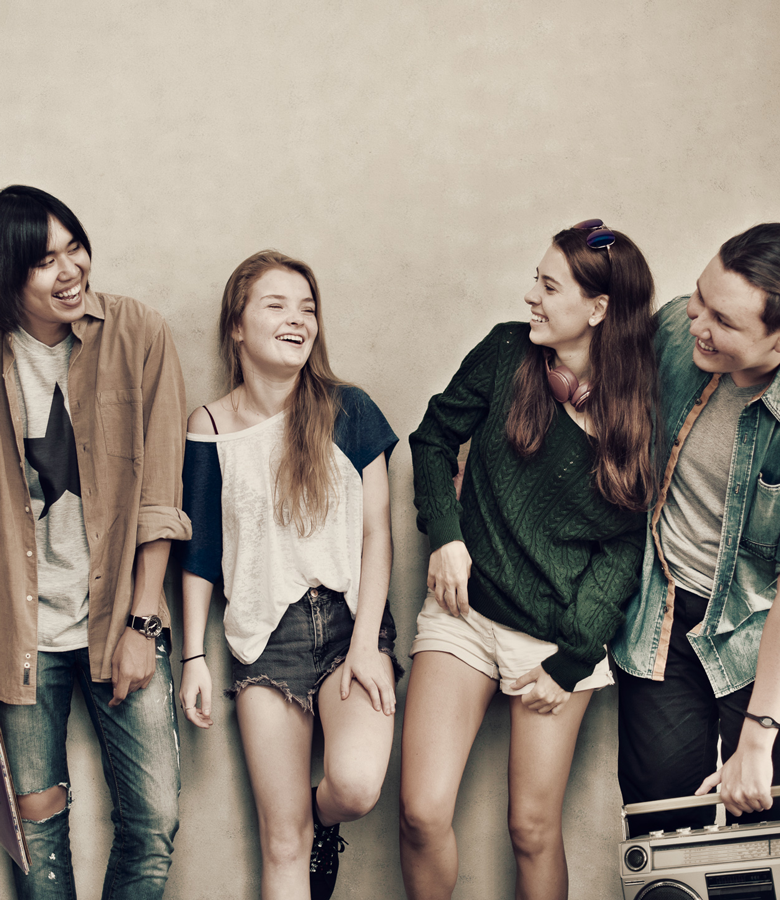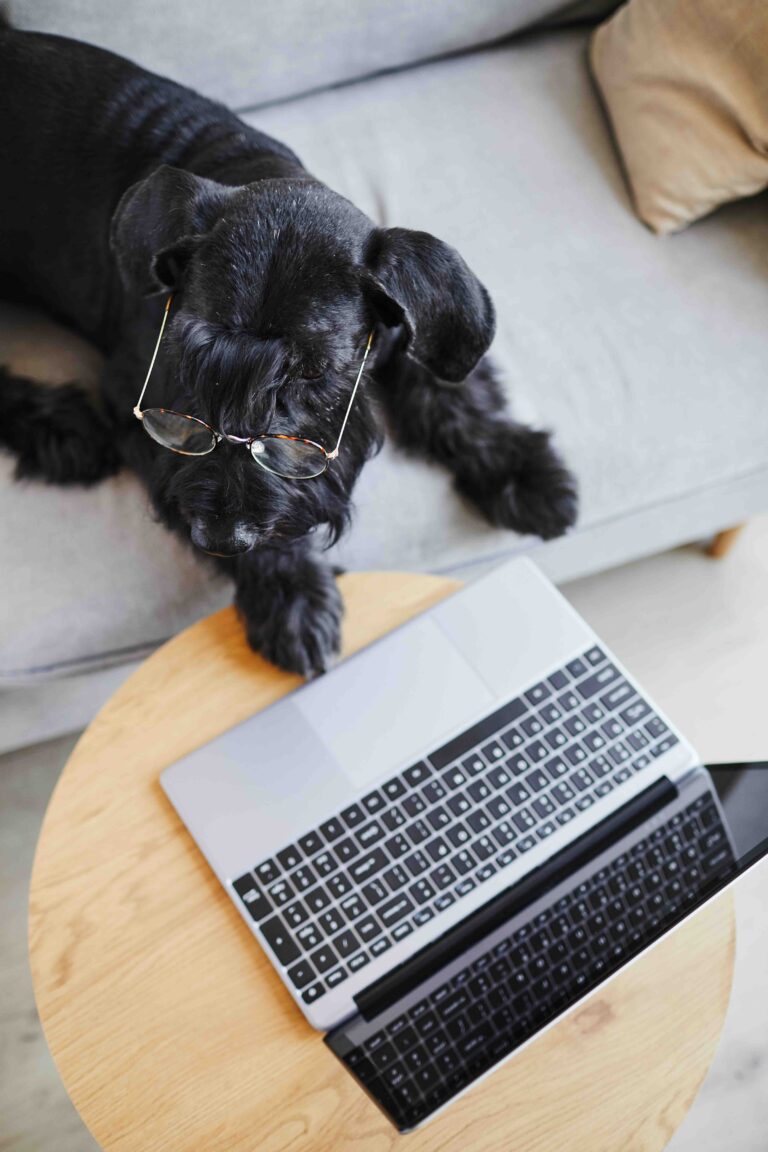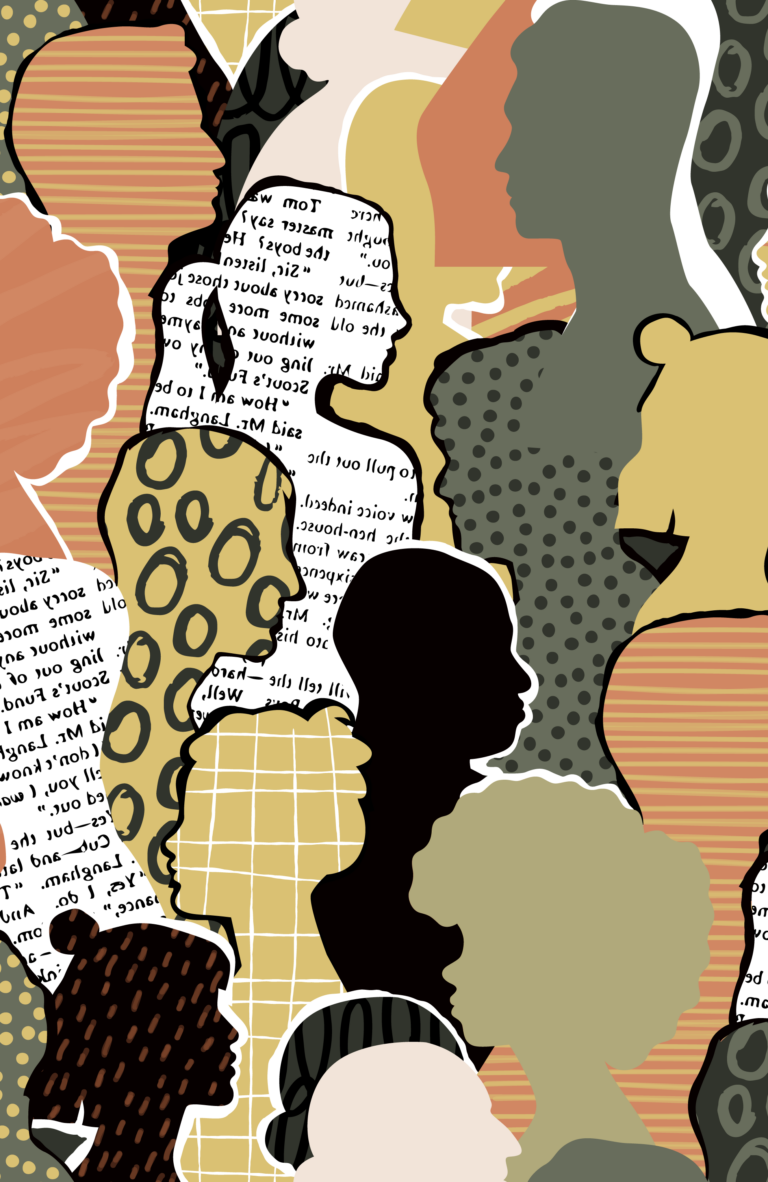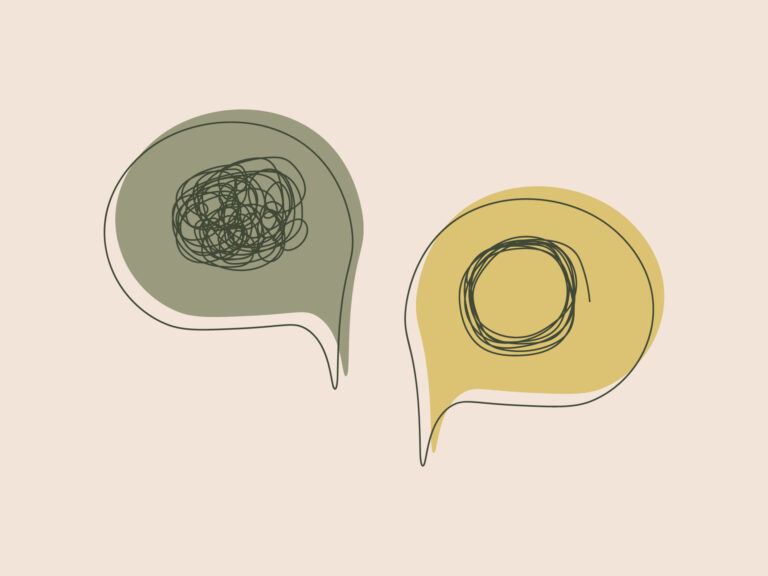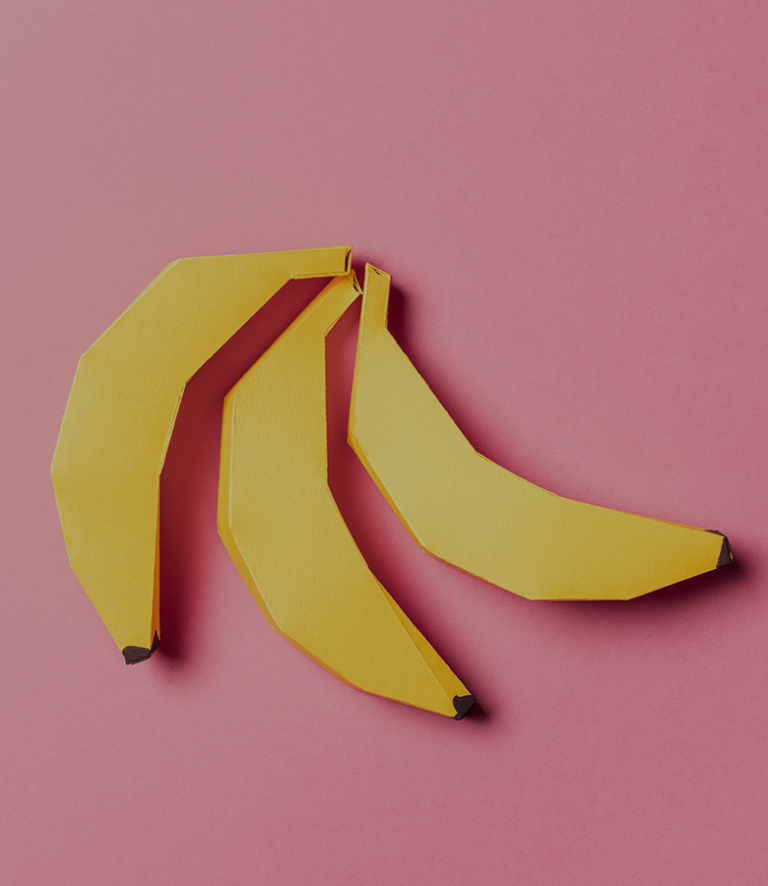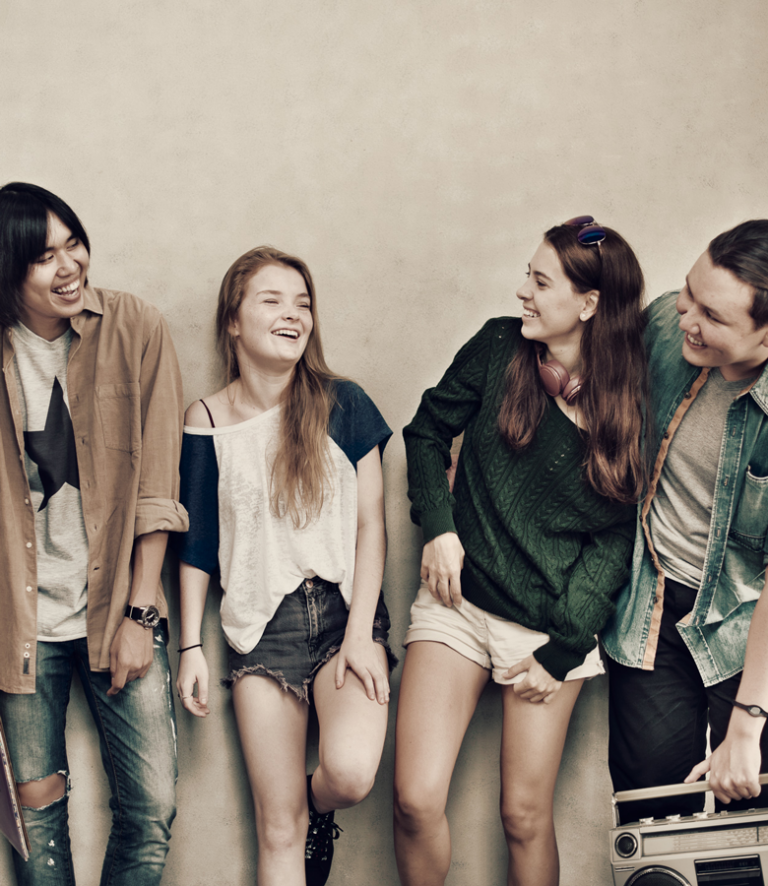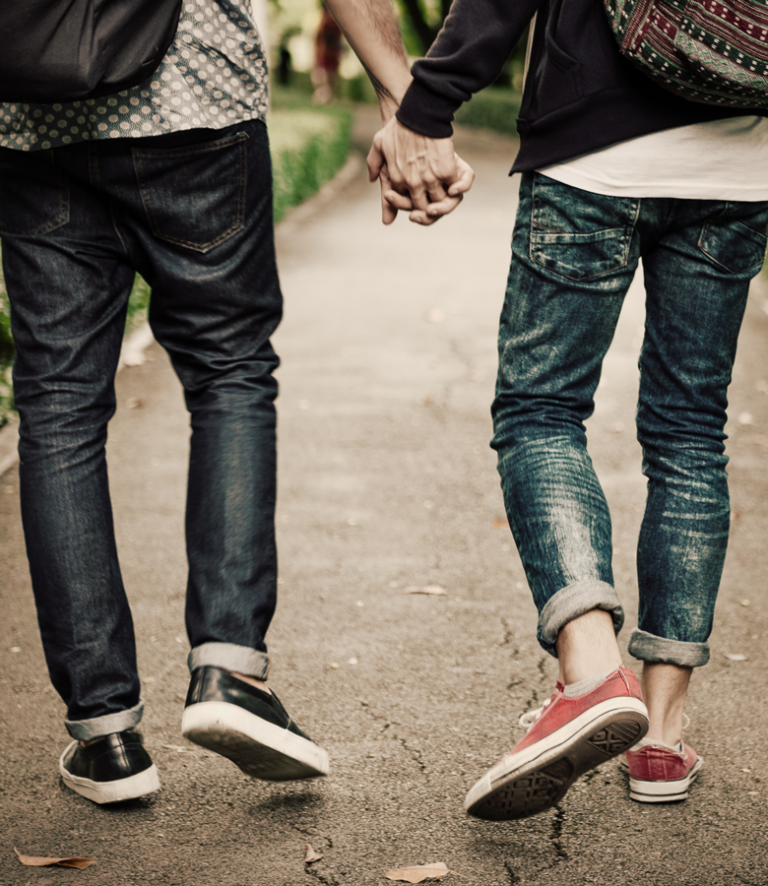As 2019 came to an end, many of us were wondering, a little excited even, about what this new century had in store for us. 2020 would be the year of new possibilities. Little did we know it would bring us all to a sudden, grinding halt.
March was mad and April seemed to last for five months. Here we are, a few days into the month of May (which also happens to be Masturbation Month, yay!) and it turns out 2020 has taken us all on a rather unpleasant journey that we never imagined coming. Being a human during a global pandemic has meant life changed quickly, in ways most of us had never experienced before. Unprecedented restrictions meant toilet paper became a hot ticket item that folks literally fought for and flour is still a scarcity because, apparently, we’ve all become bakers (I’ve literally not been able to buy flour in three months).
Interestingly, around the world, sales of sex toys are booming. Many of us are still in various stages of isolation, and it seems boredom, horniness, thoughts of ”It’s now or never” or a combination of all three, has meant so many more people are opening up to the idea of using sex toys in their sex play, either for their own solo pleasure or for pleasure with others.
As a clinical sexologist, who is super passionate about human sexuality and obliterating sex negative messages, I spend an inordinate amount of time discussing masturbation with my clients. There are so many awful, restrictive myths out there, so taking the time to “bust” those with clients, is just one part of my journey with them.
As suspected, the turn of century has also brought along with it some old, harmful narratives about human sexuality and relationships. Excitedly though, many new understandings and beliefs about sexuality, relationships, gender and sexual identity are continuing to emerge. I have spent over fifteen years in the field of human sexuality and relationships and I have watched, in awe, as incredible young folk continue to challenge those tired, old beliefs and stereotypes, whilst simultaneously creating many wonderful new ones, that allow for less rigidity and promote more inclusivity than ever before.
As Queen Whitney once preached “I believe the children are our future, teach them well and let them lead the way”
There are so many variations of LGBTIQ+ that I have heard people refer to the letters as Queer soup or the Queer Alphabet. Whatever you choose to call it, the fact is this space is ever growing and that’s a good thing. Now, I know some folks might find this growth challenging, but this is all part of the necessary pushing back in order to topple long held negative views and make significant societal shifts forward.
As someone who grew up in a time and place where there was a very narrow understanding of sexuality (and gender) I knew of only three words in my adolescence. I grew up thinking that folks were either Straight, Lesbian or Gay and believe me, the latter two “labels” were certainly seen as the lesser, not so positive options. I don’t even think I heard of the word bisexual until I was in my mid-twenties and even then it was mostly brushed off as some gateway to the real thing, that being a gay man or lesbian. I was what was referred to as a late bloomer, when at the age of 28, I finally came out as a lesbian. I remember internally cringing at the word lesbian being attached to my sense of self, and I know there were many times that I thought that my new “label” meant I was less than my straight friends. Even the Australian government helped to emphasise that feeling. I had no legal right to marry at the time and it would be years before that changed.
It has taken so long for people to understand or accept that sexuality (and gender) can be fluid. I regularly have the pleasure of working with clients of all ages and genders who navigate shifts in their sexuality (and gender) on a regular basis. Over the years I’ve had asexual clients working through the fact they are no longer asexual, I’ve had bisexual babes taking on a pansexual identity or vice versa. I’ve had trans men say they are now more aligned with a non-binary identity. I’ve had lesbians say they are now identifying as bisexual and others say they are bi- leaning. I’ve seen and heard more labels to describe identities that I have ever heard before. I once did some training at a high school where one student, whom identified as Queer, was honestly quite surprised when I said I was a lesbian. “Wow” she said “I haven’t met one of you in ages”.
The shift in reclaiming a positive understanding of the word Queer has meant it opened up the possibility of there being more than just a few labels for identities of those of us whom didn’t fit into the dominant white, heterosexual, cisnormative narrative. Queer, for many, is political but also many others see it as a wonderful umbrella term that I imagine will continue embrace new identities under its ever growing rainbow of colours.
Some of you may be navigating your own journey of understanding and identifying your sexuality and/or gender. I want to be very clear here and remind you that some of us will not want to attach any labels to ourselves and our identity, and that is absolutely ok. Labels can be really helpful for some folk but others may find them a hindrance. You just need to do what works for you. Try one on. It is perfectly ok if you find one that seems to fit just right and later let that one go if you find another that suits you better. The most important thing to remember is that it is your definition. No one gets to tell you how you identify. That’s yours and yours alone to define.
